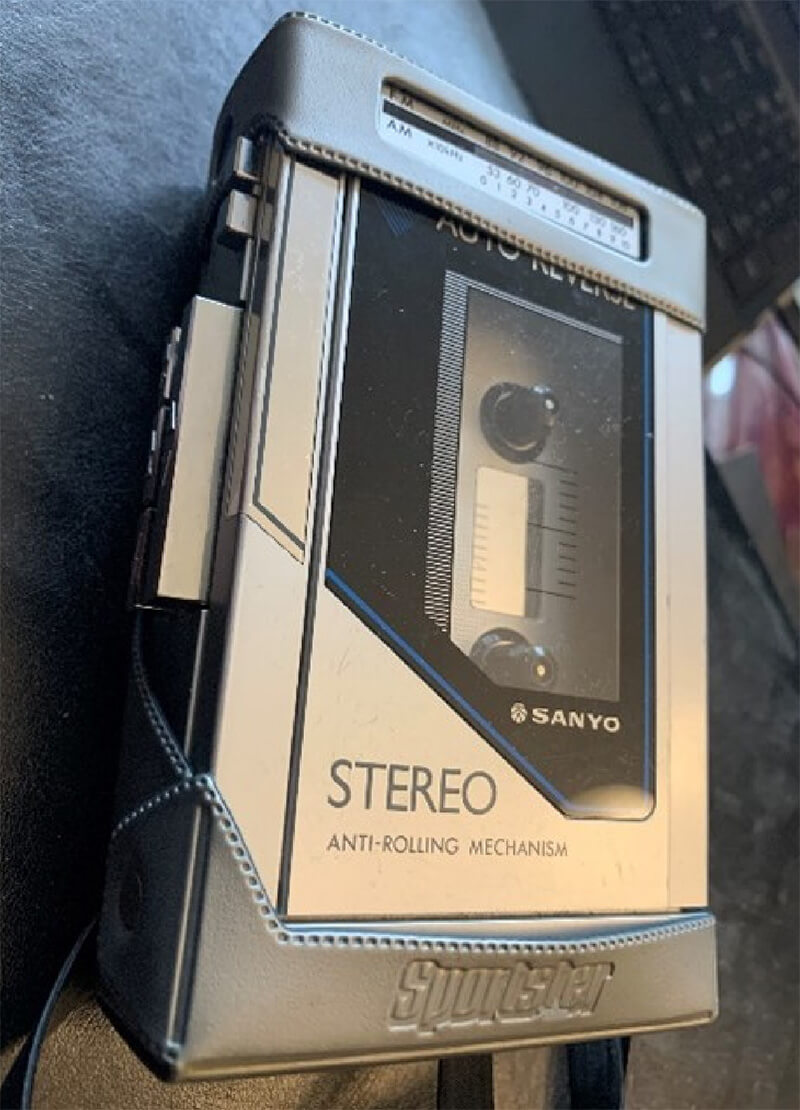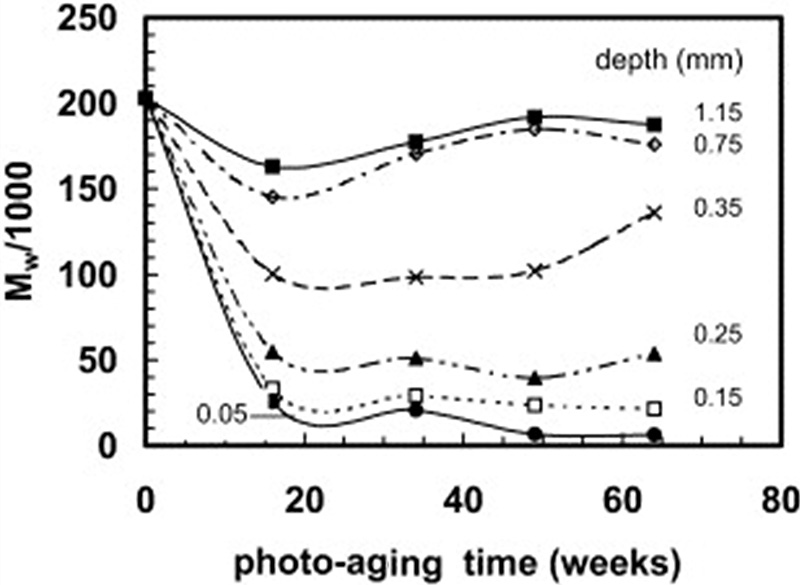Digital Debunking: Could Star-Lord’s Sony Walkman Survive 26 Years in Space?
While celebrating the arrival of “Guardians of the Galaxy Vol. 3” in May of this year, Altairians – known for decision precision and letting no space rocks stay unturned – are still wondering: Could Peter Quill’s (Star-Lord’s) Sony Walkman TPS-L2 (featured in the movie’s first two installments) really operate for 26 years outside of our Earthly environment? Despite potential exposure to the vacuum, thermal shock, and radiation conditions outer space poses, Star-Lord’s Walkman works like a charm until his father destroys it in the series’ second movie. Is it possible the Walkman could withstand the harsh conditions of space for so long?
In this article we’ll keep our focus on the Walkman itself, but we should mention that a Walkman isn’t much good without tapes to go along with it. Luckily, Business Insider’s Kevin Carr examines how Star-Lord’s escapades would have affected the tapes in this article. That article also touches on the Walkman’s potential longevity, but our treatment is a bit "nerdier" since we have one of Altair’s own plastics engineers examining the issue.
Finding a Control "Walkman"
In “Guardians of the Galaxy Vol. 1,” we see Star-Lord put the Walkman on his belt and don his headphones to listen to “Come and Get Your Love” by Redbone (1973). While the unidentified planet’s gravity is unknown, we can assume that differences are present across the many places Star-Lord would have visited through the years. Some planets would have much more gravity and others perhaps far less relative to Earth; this could affect Star-Lord’s ability to move and impact planets’ ability to retain an atmosphere. Even in that early scene, Star-Lord’s Walkman likely encounters whatever abuse – be it radiation, thermal, and/or physical – the planet’s environment offers as he makes his escape out of a dangerous building and into the elements. This likely isn’t Star-Lord’s first such adventure; in fact, it’s likely he’s done this hundreds of times on hundreds of different planets.
To begin our investigation, we needed a tape player to examine. While we didn’t locate an exact model of Star-Lord’s Walkman, our expert engineer did find something close, a Sanyo tape player, in his basement from the same era as Star-Lord’s Walkman. The player was stored, unused, inside a case within a drawer for 35 years, thus giving us a decent approximation of a controlled environment. As such, any degradation speaks to the pure time-related effects of polymer aging.

Examining the Plastics
According to our expert, the case appears to be some grade of acrylonitrile butadiene styrene (ABS) polymer (GE Cycolac was a common trade name at the time); the spindles appear to be polyoxymethylene (POM, e.g Acetal or Delrin); the gears are likely a polyamide (e.g. Dupont’s Nylon); and the rollers, the ones that control the magnetic tape, are a type of rubber.
As for observations on the various materials, our engineer started with the rubber. He explained that natural rubber ages poorly, even if stored safely away from radiation in a climate-controlled environment. Because natural rubber is latex, it must be vulcanized to be useful in most applications. Think about a rubber band in a drawer for two or three years. What happens when you use it? It usually cracks and snaps.
The rubber rollers in the player, however – even after many years – remain soft and supple, indistinguishable from the original “as manufactured” condition, our engineer reported after examining it. He explained that the material is an elastomer, probably a thermoset neoprene rubber. Since these rollers didn’t perceptibly age, he concluded that time alone wouldn’t prevent the player from doing its job.
In Carr's article, he points out the need for maintenance to ensure long-term player operability. Polymers and cleaning solvents have a long, storied, and very unfriendly history. Alcohol, acetone, mineral spirits, other solvents, and even some greases wreak havoc on many classes (organic chemical groups) of polymers. According to our engineer, exposure to solvents, combined with mechanical stress, would cause most plastic parts made from these polymers to fail immediately. Explaining that the Sanyo player’s case is most likely ABS, our expert deduces that Star-Lord’s Walkman would be the same. He reports that the sample player presents with discoloration and yellowing inside the cover, the part of the player that pops open to allow the tape to be inserted, and is more pronounced near the spindles in the region near the tape reader heads. This is possibly due to solvent evaporation over time, since the spindles would be lubricated and would require regular cleaning if used frequently. He says the discoloration is direct evidence of degradation of the polymer properties. He also states that while the case appears to perform normally, a stressful, jarring event – like tumbling over rocks in effort to escape a villain’s henchmen – would likely cause Star-Lord’s case to crack.
For illustration purposes, the molecular weight of polypropylene exposed to sunlight was studied (shown in the following figure) along with other characteristics in a whitepaper on polymer aging.

At the surface, the molecular weight breaks down very quickly. For ABS, this would be slower because the acrylonitrile in this terpolymer has a UV-stabilizing effect, but the trend through the thickness would be much the same.
In the film, Star-Lord does take some precautions to protect the Walkman from exposure to radiation as seen in the sequence where he delays his escape from space prison to rescue it from a guard’s clutches.
Investigating Thermal Shock
This brings us to the digital part of the debunking, the thermal shock. Polymer properties are dependent on temperature, and exposure to radiation in a vacuum causes surface temperatures of objects in space to rise considerably depending on how close one is to a source of radiation, like a star, for instance. This can happen in seconds to minutes. And if the saturation is slow because the solid is a thermal insulator, this can induce warping of the polymer part, and the softening of the material can cause permanent damage to the product due to the thermal expansion combined with the softening of the material.
To explain material properties on a deeper level, our plastics engineer used Altair® HyperWorks® to analyze the player’s materials. He provided us with an example of temperature-dependent properties for an ABS material based on the specific volume model and a list of elastic moduli with respect to temperature. Our engineer used a high-impact grade of ABS, Terluran HI-10, which is suitable for injection molding, and therefore a decent approximation of Star-Lord’s Walkman.

So, according to our expert, the initial fit of the elastic moduli versus temperature is reasonable for the data being fit as shown through his analysis using the Molding Toolkit available in HyperWorks Solvers v2022.3. The Poisson Ratio is fit to a TANH function as noted in Figure 3 just above the “Bulk Modulus vs. Temperature” plot. The bulk moduli and thermal expansion rates are computed from the specific volume model and coefficients.
As the material heats above 50 C (122 F), the modulus starts falling off dramatically. At room temperature, the elastic modulus is approximately 2270MPa, and by 50 C, it drops to 2140MPa; by 80 C (176 F, comparable to a sun-baked car in the desert) it drops to 1940MPa. With a thermal expansion rate of just under 10x that of the stamped metal parts, the assembly would likely have trouble operating if the player were exposed to the thermal shock of direct sunlight in the vacuum of space. Further, the outer temperature would not be limited to 80 C (176 F), as spacecraft exteriors are frequently known to reach temperatures of more than 400 C (752 F). This is why they’re painted white, to reflect the radiation and thus minimize heat. Below is a series of plots based on the models obtained in the fitting exercise shown in Fig. 3.

The other side of this problem is that polymers become extremely brittle at very low temperatures. The first “Guardians” movie makes a point to illustrate how quickly things freeze in the vacuum of space, especially when transitioning from higher atmospheric pressures. Star-Lord’s journey from the prison doors to his ship, despite the player being in his jacket, would have dropped the temperature below the player material’s brittle point. That would make the Walkman extremely likely to crack, especially since Star-Lord’s body heat is on the player’s other side; thermal shock would occur, and the frozen parts would almost certainly fracture from the thermally induced stresses alone.
Verdict: Could the Walkman Survive?
Could Star-Lord’s Walkman survive 26 years in space? Our materials engineer deduces that it probably wouldn’t. He advises that we leave it behind (along with our Sanyo). But who knows: Star-Lord’s adventures take him to the furthest reaches of the galaxy (and, in some cases, different dimensions altogether), where the laws of time, space, and thermodynamics may not apply as they do in our reality. Perhaps an infinity stone could keep a humble Walkman alive far past its probable useful life. But as far as we’re concerned, we find it pretty unlikely that Star-Lord’s Walkman would’ve survived even the most pedestrian of the Guardians’ adventures in outer space.
To learn more about Altair's plastics solutions, visit https://altair.com/plastics.




